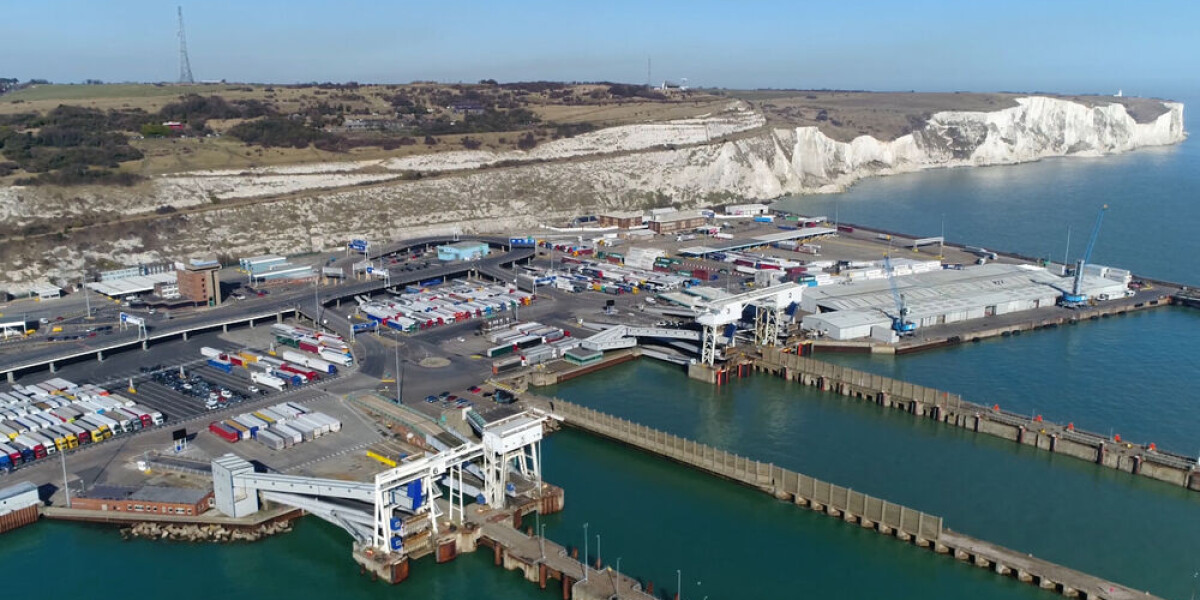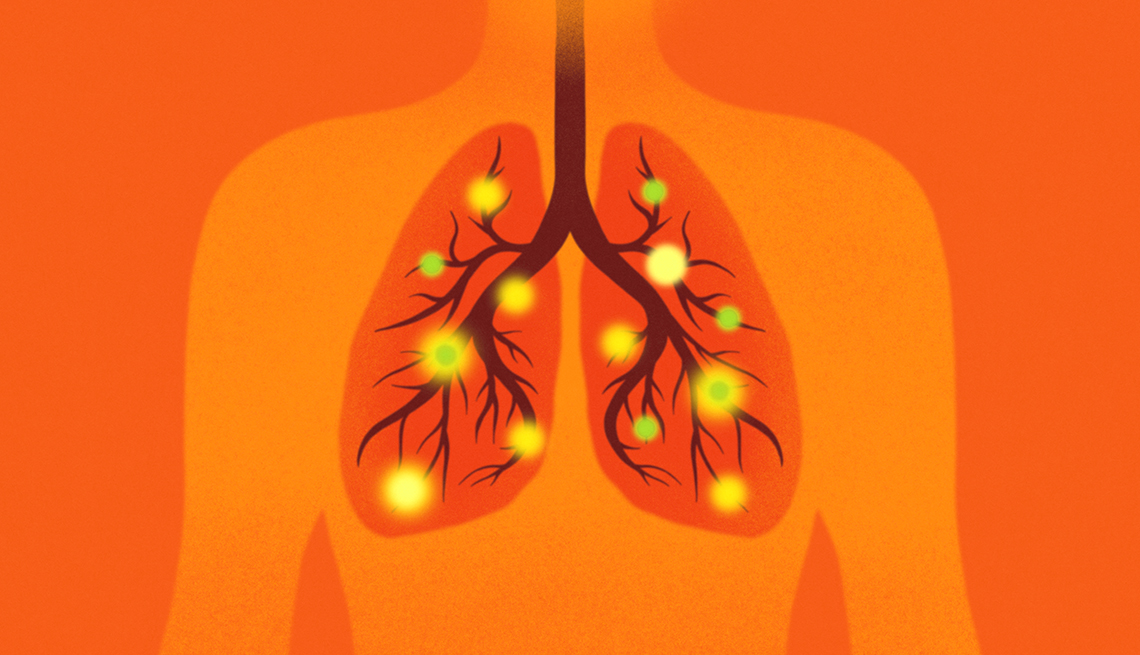
- Select a language for the TTS:
- UK English Female
- UK English Male
- US English Female
- US English Male
- Australian Female
- Australian Male
- Language selected: (auto detect) - EN
Play all audios:
MINISTER ACCUSES PREVIOUS GOVERNMENT OF NOT ‘PULLING OUT ALL THE STOPS’ TO PREVENT LONG QUEUES FOR FERRY PASSENGERS WHEN THE EU CHECKS BEGIN IN AUTUMN The French border checks area at the
Port of Dover is to be enlarged to help cut ferry passenger queues when the European Entry/Exit System (EEs) launches this autumn. A Home Office minister is today (July 29) laying before
parliament a new statutory instrument (regulations) to permit the French border police to work over a larger zone in the port. It also includes new commitments by the Home Office to work
closely with the French government, local authorities and businesses to streamline the checks as much as possible. The new controls are now predicted by industry insiders to be set to start
in November (‘the autumn’ is still the official EU target). Read more: UK ambassador – what travellers should know about border change EES will involve digital systems to collect
information on passengers and their trips into and out of the EU’s Schengen area. It is planned that it will remove the need for passport stamping to check on visitors’ respect of the area’s
90/180 days rule, however in the first instance people will need to have a facial image and fingerprint scan taken and saved in a database. Early this year Dover Port expressed fears of
disastrous effects if sufficient preparation was not done, in a hearing with UK ministers. Local authority leaders from Kent also expressed concerns last week in a letter to the Department
for Transport, saying they need the government's support to "find and fund" new ways to manage cross-Channel traffic and improve infrastructure to "ensure that EES checks
do not have a devastating impact". Read more: Alarm grows over new digital checks at UK/France borders from autumn Home Office Minister Seema Malhotra, who is laying the new
regulations before parliament today, stated that “instead of pulling out all the stops to ensures travellers and businesses coming into and out of Britain will be unaffected, the previous
government seems to have sat on its hands and let others get on with the hard work needed”. She said EES would be a “major change” and some additional queueing at peak times was to be
expected after its launch. Dover, along with St Pancras station (Eurostar) and Folkestone (Eurotunnel) are areas where there are so-called ‘juxtaposed controls’, where French police do
checks for entry into France in one area and there are UK exit checks in another. The same happens in reverse for those coming to the UK from France. Even so, preparations at the dock have
not waited until now: last autumn the port announced that it expected to make use of some land being reclaimed from the sea in the western docks area to help with EES passenger processing
(it had originally been earmarked for cargo only). Construction has also been underway on new coach processing halls in the western docks. Coaches will be directed here, away from the main
check-in areas. Passengers will have to get out to use one of 24 self-service kiosks to enter some of their data before they pass through a border. The coach will then be ‘sealed’ and will
proceed to the check-in area at the ferry terminal. Cars, it is planned, will file into the usual lanes and be met by an agent with a tablet computer to register their details. It is hoped
that in a later stage the car processing will also move to the western docks, once the land-reclaim process is complete. UK ministers spoke in spring of the significant investment and
progress being made at the port towards pre-empting long tailbacks, saying that the new coach-processing facilities were “game-changing”. They noted, however, that the full expansion plans
were expected to take two to three years to be complete. Coach companies have expressed concerns about the time it will take to process everyone since a coach can have up to 70 people on
board.








